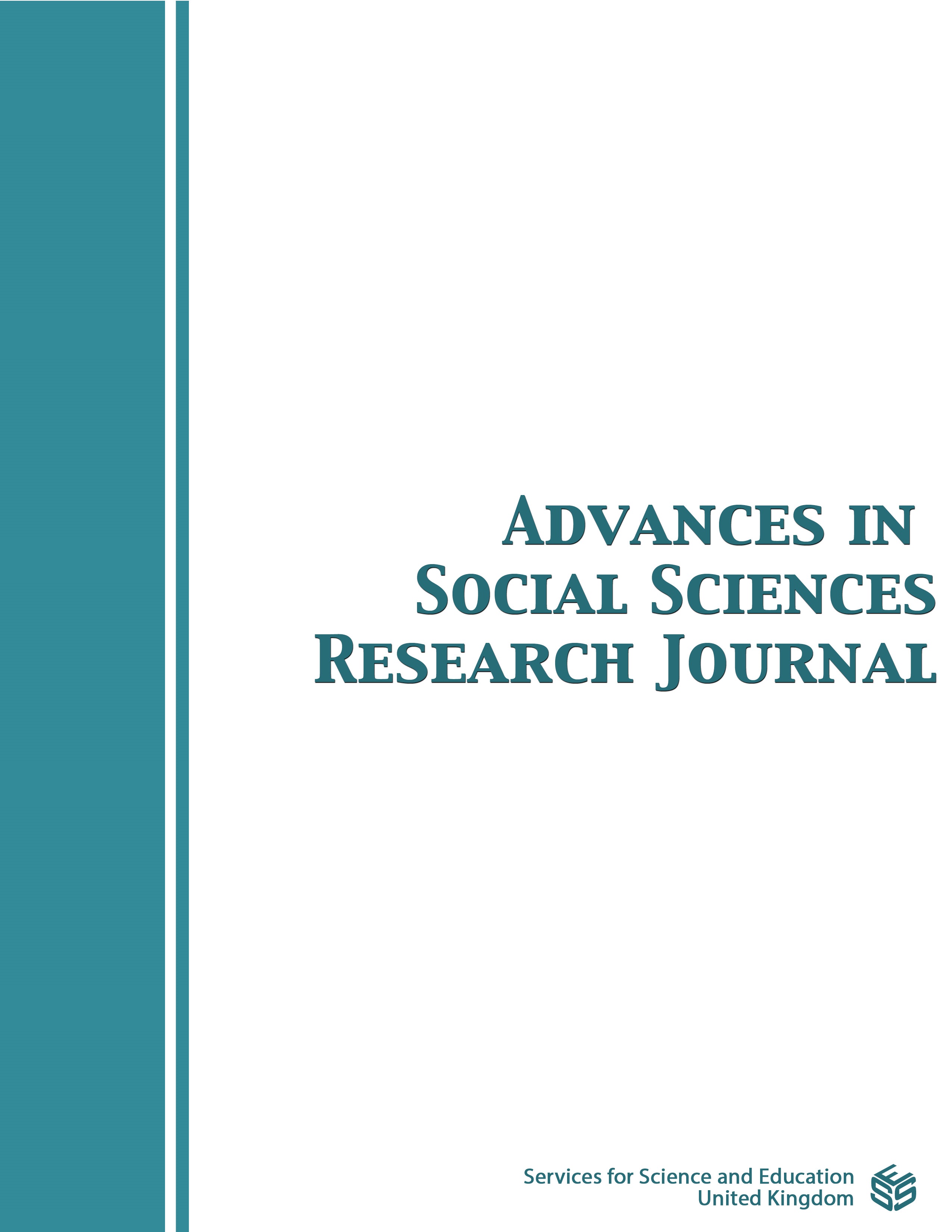Deixa Meu Bloco Passar: Carnival Rhetoric and Its Meanings (São Paulo: 1968-1991)
DOI:
https://doi.org/10.14738/assrj.1012.15924Keywords:
Brazilian Carnival, São Paulo’s Carnivals, Carnival Blocks, Street CarnivalAbstract
This paper analyzes the carnival blocks exhibited in São Paulo city, from 1968 to 1991, based on their sambas-enredo [samba theme-songs] (or themes), following the rules of the formalization that took place in 1968 of carnivals and popular festivities in the city. This section ends with the inauguration of the Sambadrome in 1991, whose space became an icon for the parades of samba schools and blocks of Group 1. The period has its peculiarities in that it was marked by a dictatorial period (1968-1985) and a democratic one, which certainly had repercussions on the choice of parade themes. From a broader point of view, in addition to the changes in the country, there is an increasingly globalized world whose transformations affect carnivals, especially those practiced by the samba schools that exhibit parades marked by the monumentality of complex allegories and the chromatic explosion in the translation of the plots presented there, responding to media appeals for luxurious spectacles for their broadcasts. The blocks also underwent changes for their parades in the city streets. For this reflection, the sources used are the themes, the memories of the protagonists, the records of the Sociedade dos Amantes do Samba Paulista – SASP [Society of São Paulo Samba Lovers][1], which includes general information about the groups in the technical sheet, such as: the title of the block or school, the sambas-enredo (which bring each group together for the parades), the place chosen for each carnival performance; and news released by the press. Therefore, the question arises: what happens in the country and at Carnival during the period of this reflection? [1] On the Sociedade Amantes do Samba Paulista – SASP portal, information about these blocks (or schools) is precarious and incomplete, although the technical sheet contains several possibilities of data that would allow the profiles of these associations to be demarcated.
Downloads
Published
How to Cite
Issue
Section
License
Copyright (c) 2023 Zélia Lopes da Silva

This work is licensed under a Creative Commons Attribution 4.0 International License.
Authors wishing to include figures, tables, or text passages that have already been published elsewhere are required to obtain permission from the copyright owner(s) for both the print and online format and to include evidence that such permission has been granted when submitting their papers. Any material received without such evidence will be assumed to originate from the authors.






